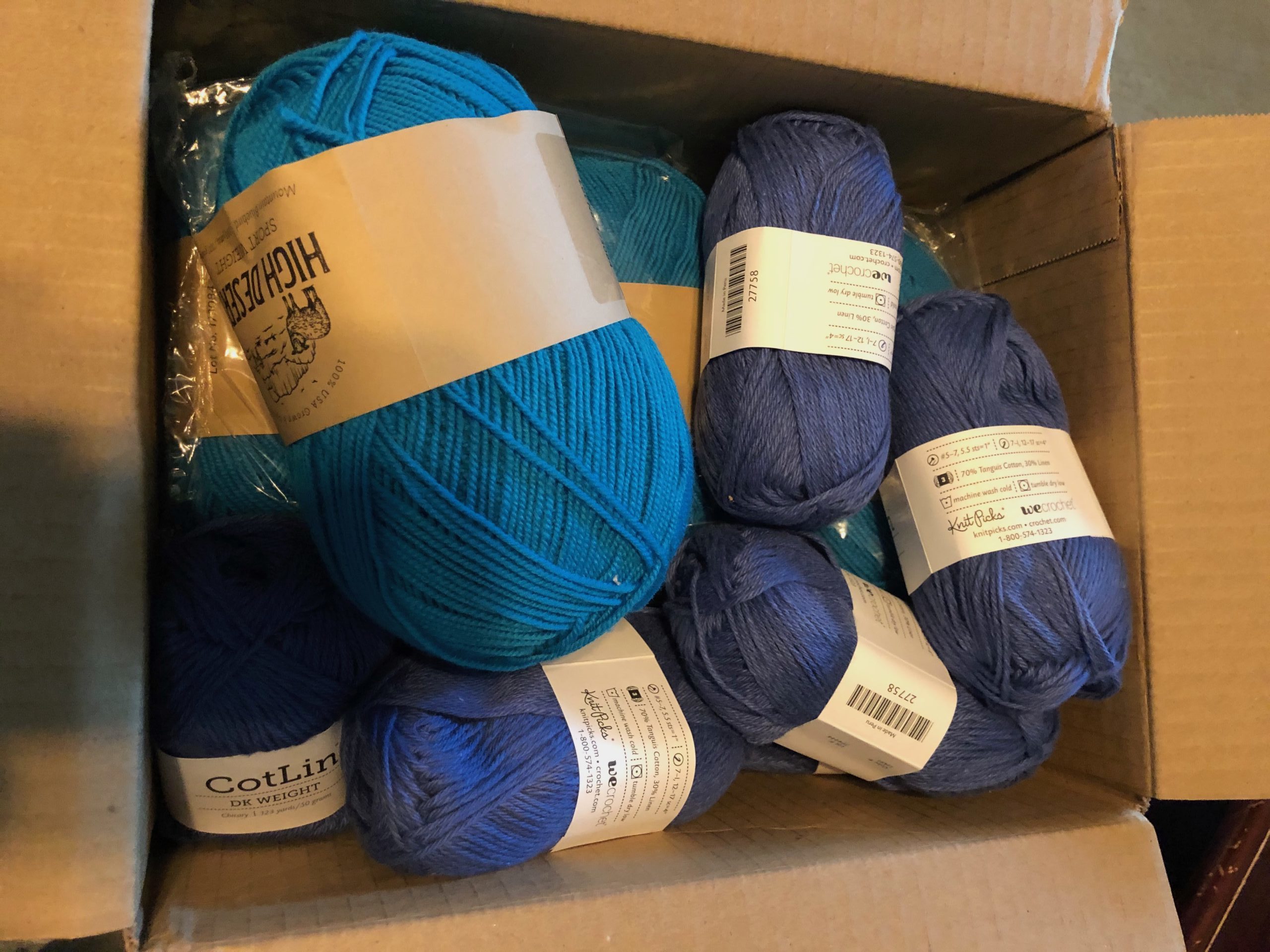Your cart is currently empty!

Spinning a Yarn about Facebook Ads
This really isn’t a yarn; it’s a set of serious observations about Facebook ads that should help you get the most out of your Facebook ad investment. It has to do with yarn, though. It might surprise you to learn that I am a knitter — unless we’re friends at Facebook. That’s kind of personal information. But it’s true. I have no local yarn shop, so I make sure to scoop up plenty of yarn when I’m traveling, and I also buy yarn online.
I’m a fairly serious yarn buyer on the web, and I cheerfully shop for great fibers all over the world. If you own a yarn shop, you want me on your mailing list.
So what does this have to do with Facebook ads?
Facebook ads are targeted
Facebook does its best to serve you ads that you will actually find interesting. Advertisers on Facebook may ignore Facebook’s prompting and send their ads out to everybody if they want to, but you should mostly see ads that are in some way related to your behavior. I try to give Facebook as little encouragement as possible, frankly. One day I saw an ad from a favorite online knitting shop offering me a discount, though, and I clicked through and shopped.
That’s all it takes to see dozens of ads for yarn in your Facebook feed. There were plenty of yarn shops that I had never heard of.
Now, the fact that I had never heard of them tells us that they’re not very good at SEO. Any online yarn shop that is capable of optimizing for “DK yarn” should have shown up for me at some point over the years. They’re probably also not that good with social media.
Never mind, though, we’re talking about ads.
In any case, I saw dozens of ads for yarn shops over the next week or so.
The mistakes they made
The first mistake that many of the shops made was to show their ad just once. I’m seeing dozens of ads for much the same thing. Unless they are extremely well differentiated or I’ve heard of them before, I probably won’t notice or remember most of them. Not only does it take 5 to 12 connections to result in actual action, but showing up in my feed with three of your competitors when I’m not even shopping probably won’t cement you in my mind.
And that was the second mistake: most of the ads didn’t include any call to action other than shopping. I’m more likely to sign up for your newsletter, browse your patterns, or visit your Facebook page than I am to drop funds on cashmere over my morning cup of tea. Especially with all your competitors there next to you.
The third mistake might have been the first one chronologically. A lot of the companies didn’t think about their ads in the right way. For example, the one entirely in a Scandinavian language. They could have chosen where to show that ad or what language to show it in. True, it did catch my eye, but seriously, I will never remember their name. I don’t even know which part was their name.
And that’s the final mistake. They didn’t understand the path to purchase. I am not going to jump in and go on a yarn-buying spree because they showed me their ads. What they want is for me to notice and like them so that next time I want yarn, I will remember them and look them up. They want me to get on their mailing list so that next time they have something awesome to offer me, I will see it and click through.
Did I buy yarn?
I did, actually, There are two companies whose names I remember. Both showed me multiple ads. One got me on their mailing list. That’s the one I bought from.
There was one more company whose website I clicked through to. I don’t remember their name, frankly, but I hope I run into them again some day.
It’s likely that I would have enjoyed a purchase from one or more of the other dozens of companies that invested in one (possibly poorly thought-out) ad. They had no chance to make a sale to me.
Facebook ads are economical. But those yarn shops threw away whatever they spent on their ads.
Takeaways
Here’s what you can learn for your Facebook ads:
- Target those ads well. At least show them to people who can read your language.
- Show them enough to make an impression. For some things, once may be enough. Not for e-commerce.
- Remember that your competitors will be there. Facebook isn’t providing that information only to you.
- Give interested viewers some way to connect with you.
You’ll make your investment a lot more effective.
by
Tags:

Leave a Reply